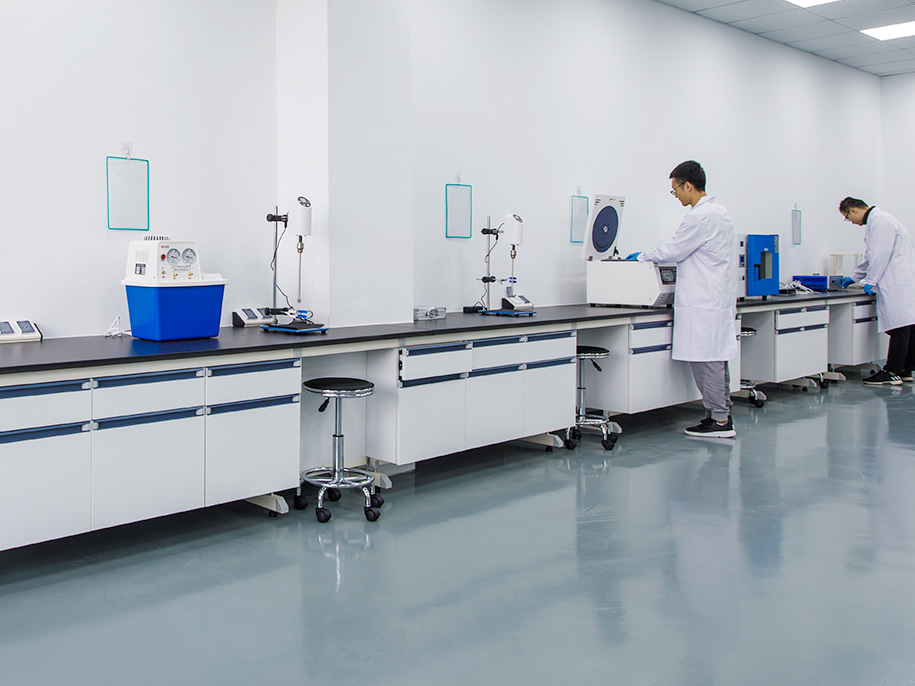Affordable Graphene: Quality Materials at Low Prices
Graphene, a single layer of carbon atoms arranged in a two-dimensional honeycomb lattice, has been heralded as a wonder material since its discovery. It boasts an array of extraordinary properties, such as incredible strength, excellent electrical and thermal conductivity, and remarkable flexibility. These attributes make graphene a sought-after material for various applications, from electronics to energy storage, medical devices, and beyond.
However, despite its potential, the high cost of production has been a significant barrier to widespread adoption. Recent advancements in manufacturing techniques have started to change this landscape, making high-quality graphene available at much more affordable prices. This article explores the benefits of affordable graphene, its diverse applications, and why it is a game-changer for multiple industries.
The Revolution of Affordable Graphene
Graphene production has historically been an expensive and complex process, involving methods like chemical vapor deposition (CVD) and mechanical exfoliation. These techniques, while effective in producing high-quality graphene, were not scalable for mass production, resulting in high costs.
Recently, innovative approaches have emerged, such as liquid-phase exfoliation, electrochemical exfoliation, and chemical reduction of graphene oxide. These methods have significantly reduced the cost of graphene production while maintaining quality. Companies and research institutions are continually refining these techniques, leading to more cost-effective and scalable production methods.
Applications of Affordable Graphene
1. Electronics and Semiconductors
Graphene’s excellent electrical conductivity and thinness make it an ideal material for electronics and semiconductors. It can be used in transistors, flexible displays, touchscreens, and even next-generation computing devices. Affordable graphene opens the door for more widespread use in consumer electronics, potentially leading to faster, thinner, and more efficient devices.
2. Energy Storage
Graphene’s high surface area and conductivity make it perfect for energy storage solutions, such as batteries and supercapacitors. It can enhance the capacity, charging speed, and lifespan of these devices. With lower production costs, graphene-based batteries could become more commercially viable, revolutionizing the energy storage market and contributing to the growth of electric vehicles and renewable energy systems.
3. Medical Devices and Biotechnology
In the medical field, graphene’s biocompatibility, flexibility, and conductivity are advantageous for developing advanced medical devices, sensors, and drug delivery systems. Affordable graphene could lead to more accessible healthcare technologies, improving diagnostics and treatment options for various conditions.
4. Composite Materials
Graphene can be incorporated into polymers, metals, and ceramics to create composite materials with enhanced mechanical, thermal, and electrical properties. These composites are valuable in aerospace, automotive, and construction industries. As graphene becomes more affordable, the use of graphene-enhanced materials could lead to lighter, stronger, and more efficient products.
5. Water Filtration and Environmental Applications
Graphene’s permeability and robustness make it an excellent material for water filtration and purification. It can remove contaminants, including heavy metals and organic pollutants, more effectively than traditional methods. Lowering the cost of graphene production could make advanced filtration systems more accessible, contributing to cleaner water and a healthier environment.
The Economic Impact of Affordable Graphene
The reduction in graphene costs not only benefits various industries but also stimulates economic growth. Affordable graphene production can lead to:
- Increased Innovation:Lower costs encourage more companies and researchers to experiment with graphene, leading to new applications and products.
- Job Creation:The growth of the graphene industry can create jobs in manufacturing, research and development, and downstream industries.
- Competitive Advantage:Countries and companies that invest in affordable graphene technologies can gain a competitive edge in the global market.
Challenges and Future Outlook
While the advancements in affordable graphene production are promising, challenges remain. Ensuring consistent quality and scalability is crucial for widespread adoption. Additionally, environmental and health concerns related to graphene production and disposal need to be addressed.
Despite these challenges, the future of affordable graphene looks bright. Ongoing research and collaboration between academia, industry, and government agencies are likely to overcome these hurdles. As production techniques continue to improve and costs decrease, the potential for graphene to transform various industries becomes increasingly feasible.
Conclusion
Affordable graphene represents a significant breakthrough in material science, unlocking a myriad of possibilities across multiple sectors. From electronics and energy storage to medical devices and environmental applications, the availability of low-cost, high-quality graphene is set to drive innovation and economic growth. By embracing this revolutionary material, we can look forward to a future where technology is more advanced, efficient, and accessible.

